Chief Kubo’s Salad Tree Live Plant – Edible Leaf Plug 3-6 inch
Original price was: $39.99.$19.99Current price is: $19.99.
Grow your own salad! The Chief Kubo’s Salad Tree offers edible leaves and flowers, a great spinach alternative. Prefers full to part sun and average watering. Zones 9-11. You will receive one small tissue culture plant/plug, 3-6 inches. The root ball will be wrapped in damp paper towel and plastic wrap for shipment.
Estimated arrival
Dec 15
Dec 20 - Dec 22
Dec 25 - Dec 29
Reasonable Price
We offer reasonable price

Support 24/7
Contact us 24 hrs a day

100% Money Back
You've 30 days to Return

Payment Secure
100% secure payment
Grow Your Own Salad with Chief Kubo’s Salad Tree
Imagine harvesting fresh salad right from your own tree! The Chief Kubo’s Salad Tree (Abelmoschus manihot), also known as Bele, offers a unique and delicious way to enjoy fresh greens. This easy-to-grow plant provides edible leaves that serve as a tasty substitute for spinach. But that’s not all – it also produces beautiful, edible hibiscus-like flowers, adding both beauty and flavor to your garden and plate. Get your own Chief Kubo’s Salad Tree today!
The Chief Kubo’s Salad Tree is a fantastic addition to any garden, especially for those looking to explore edible landscaping. This plant thrives in humid climates and can reach a mature height of 6 to 8 feet. It’s relatively low-maintenance, requiring average watering and full to partial sun exposure. Enjoy a continuous harvest of fresh, nutritious leaves and flowers throughout the spring and summer seasons.
Benefits of Growing Chief Kubo’s Salad Tree:
- Edible Leaves: Enjoy a readily available source of fresh, spinach-like greens.
- Edible Flowers: Add a unique and flavorful touch to your salads and dishes.
- Easy to Grow: Requires minimal care and thrives in warm climates.
- Ornamental Value: The hibiscus-like flowers add beauty to your garden.
- Child Safe: Safe to grow around children and pets.
This listing is for one tissue culture plant/plug, approximately 3-6 inches in height. The root ball will be carefully wrapped in damp paper towel and plastic wrap for safe shipment. Upon arrival, plant your Chief Kubo’s Salad Tree in a well-draining soil mix and provide it with plenty of sunlight and water. With proper care, you’ll soon be enjoying a bountiful harvest of leaves and flowers.
Frequently Asked Questions
- How big will the Chief Kubo’s Salad Tree get? The average mature height is 6 to 8 feet.
- What kind of sunlight does it need? It thrives in full to part sun.
- How often should I water it? Average watering needs are sufficient, keeping the soil moist but not waterlogged.
- What USDA hardiness zones are suitable for this plant? It grows best in zones 9-11.
- Are the flowers really edible? Yes, the flowers are edible and resemble hibiscus flowers in taste and appearance. They add a unique flavor to salads and other dishes.
Be the first to review “Chief Kubo’s Salad Tree Live Plant – Edible Leaf Plug 3-6 inch”

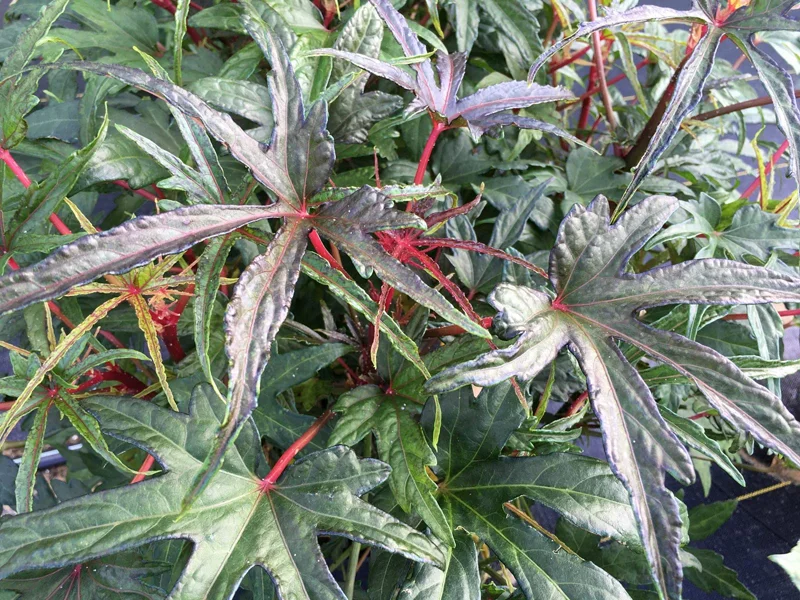
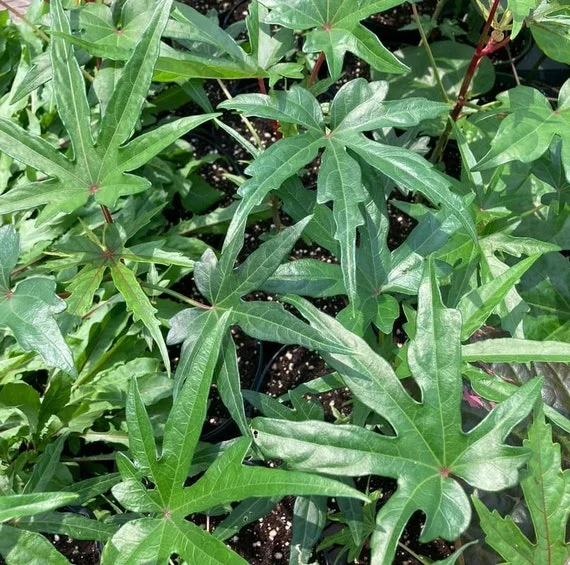
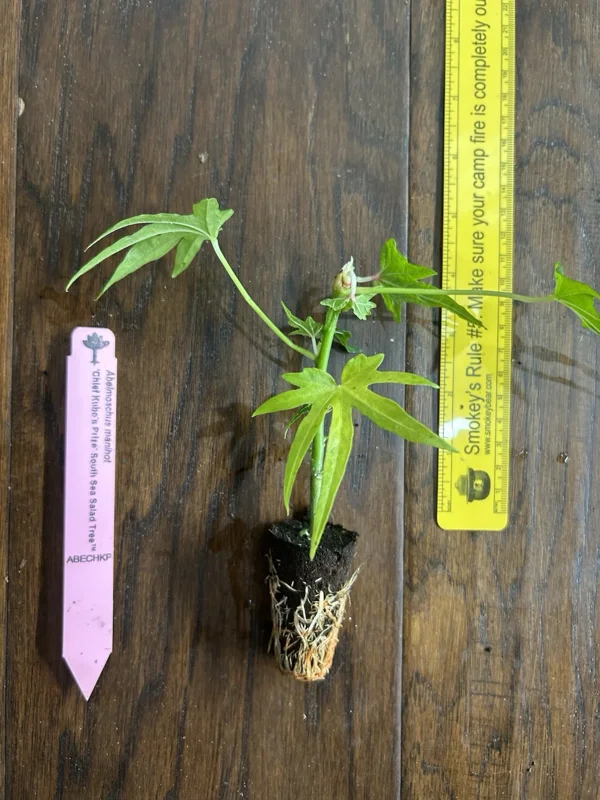
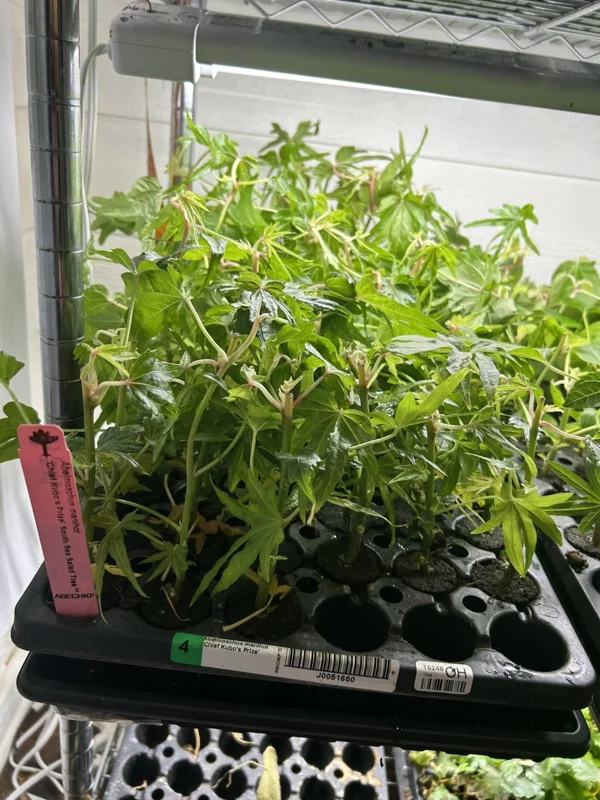
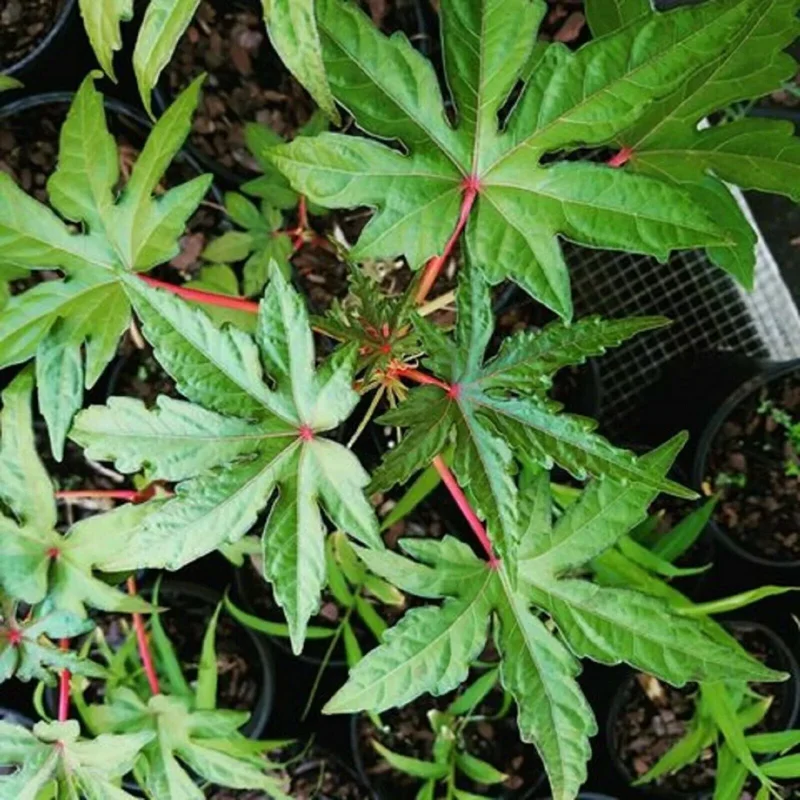
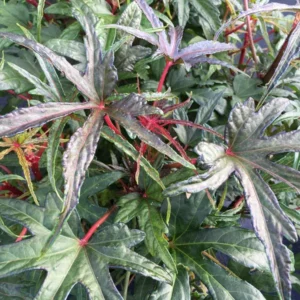
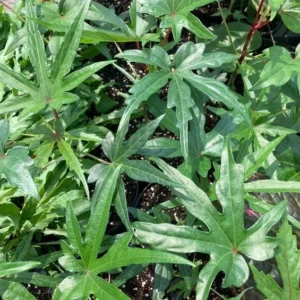
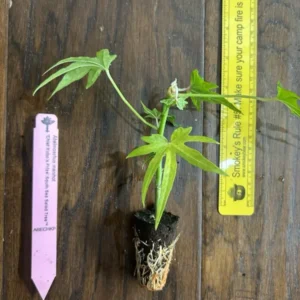
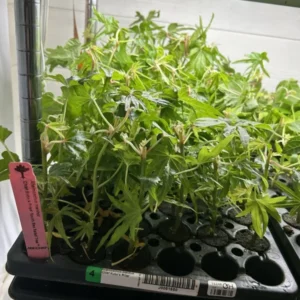
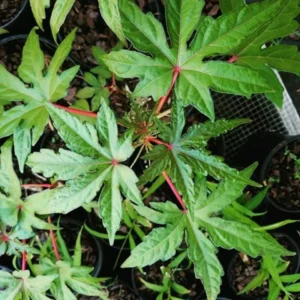

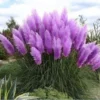
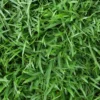
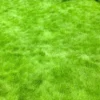
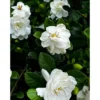
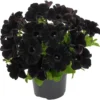
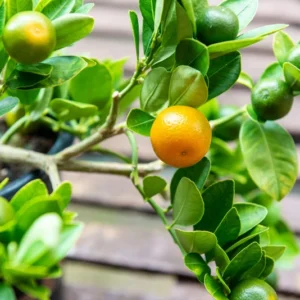
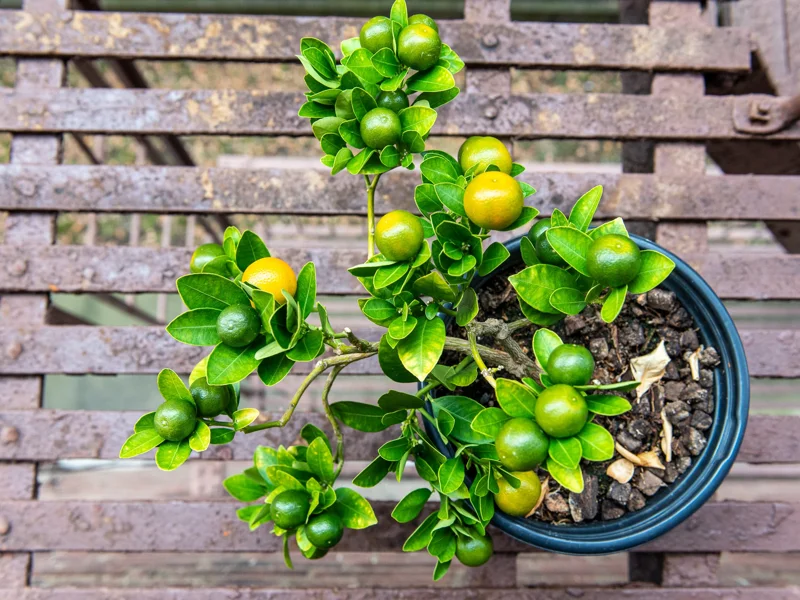
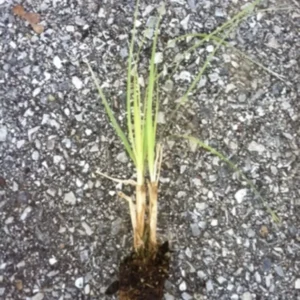
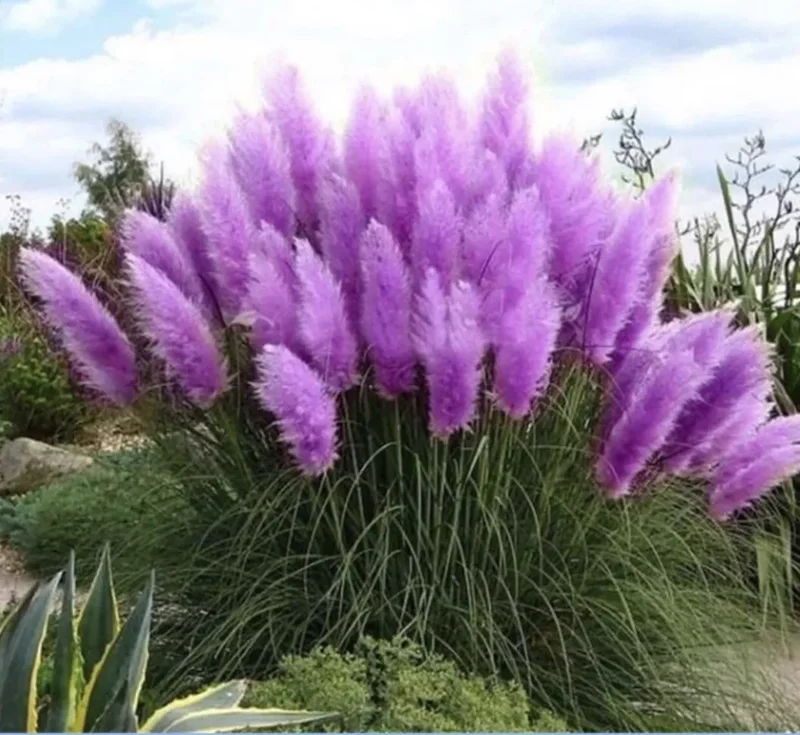
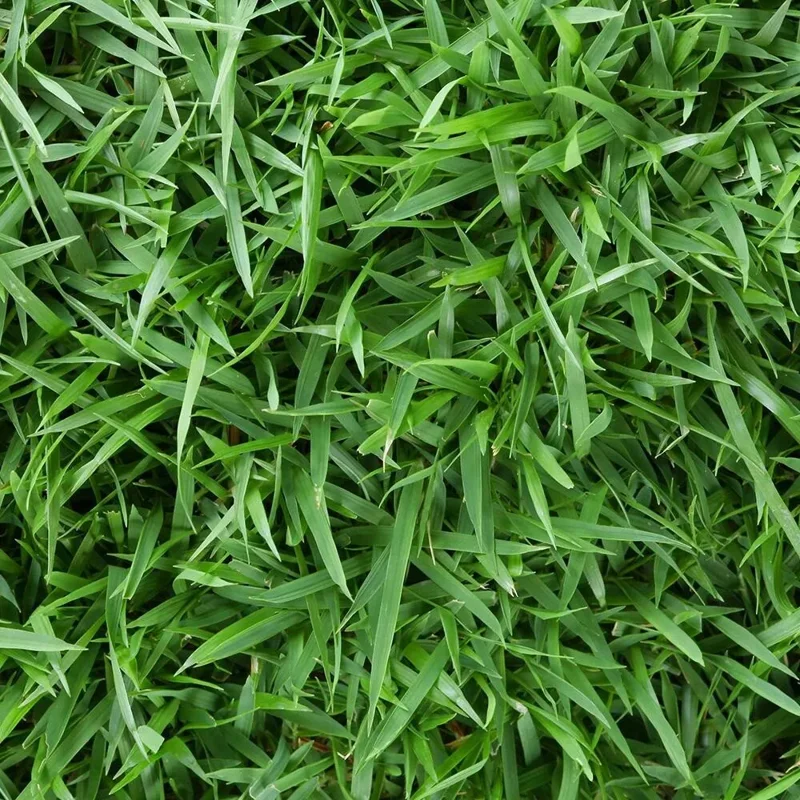
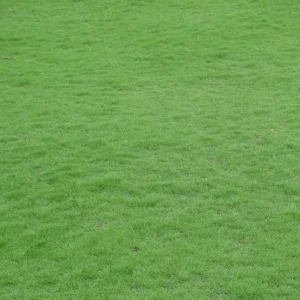
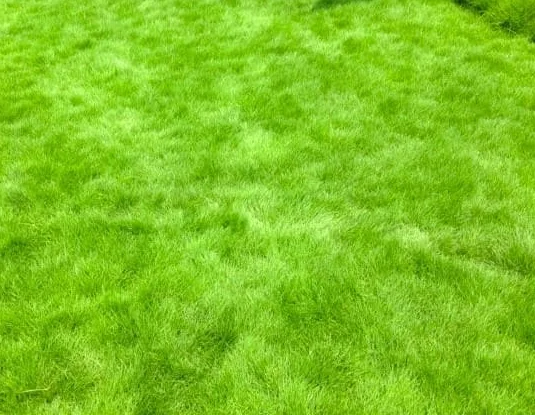

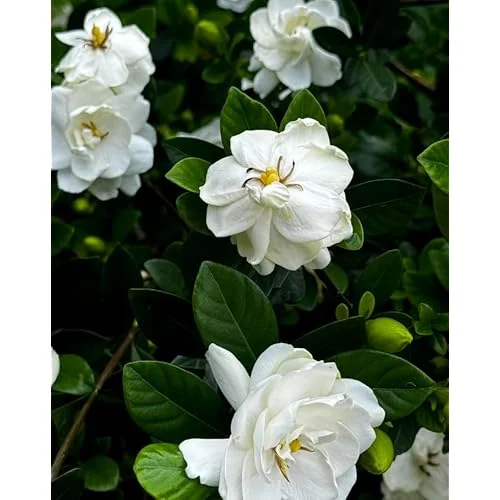
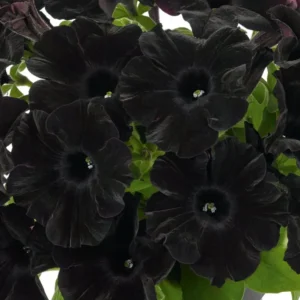
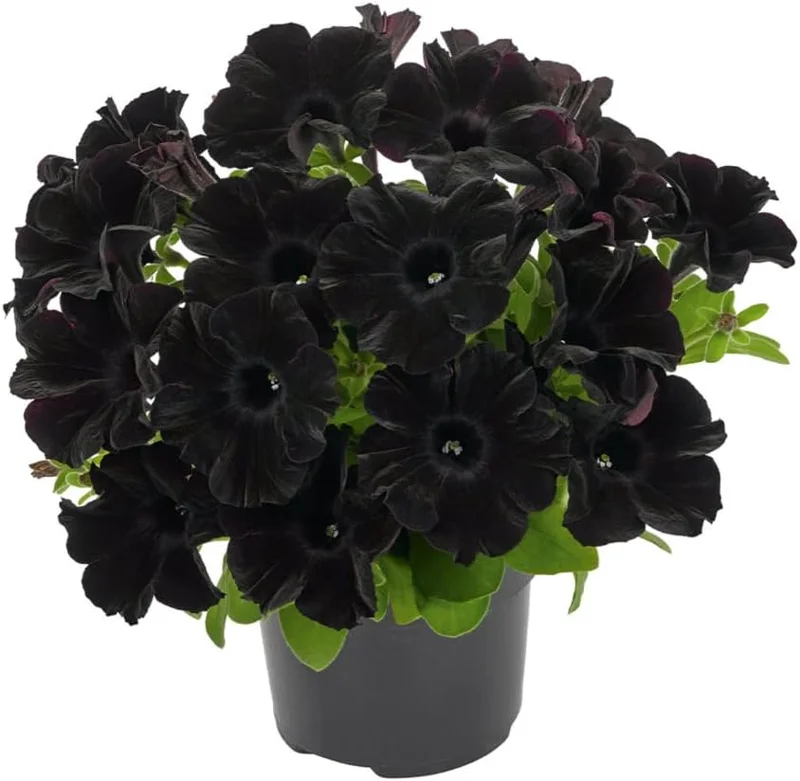
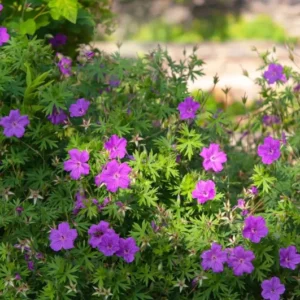
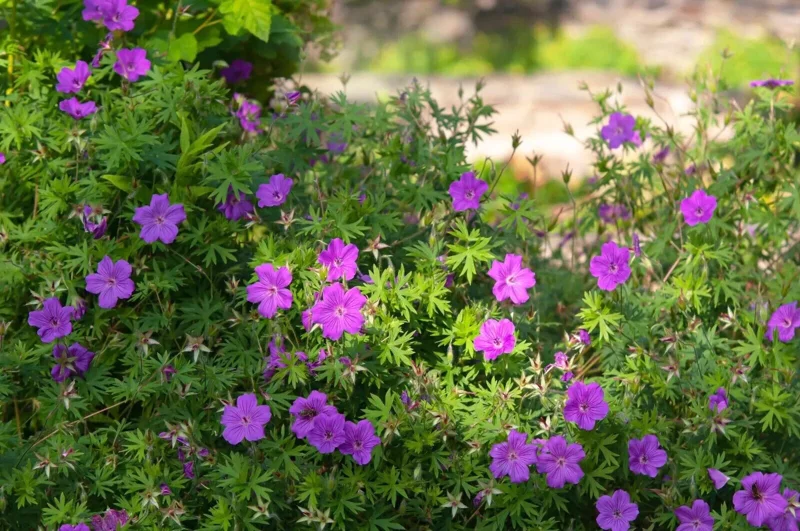
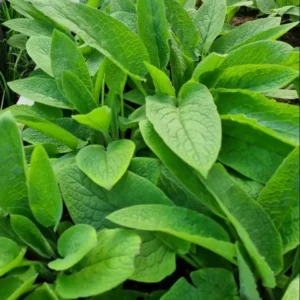
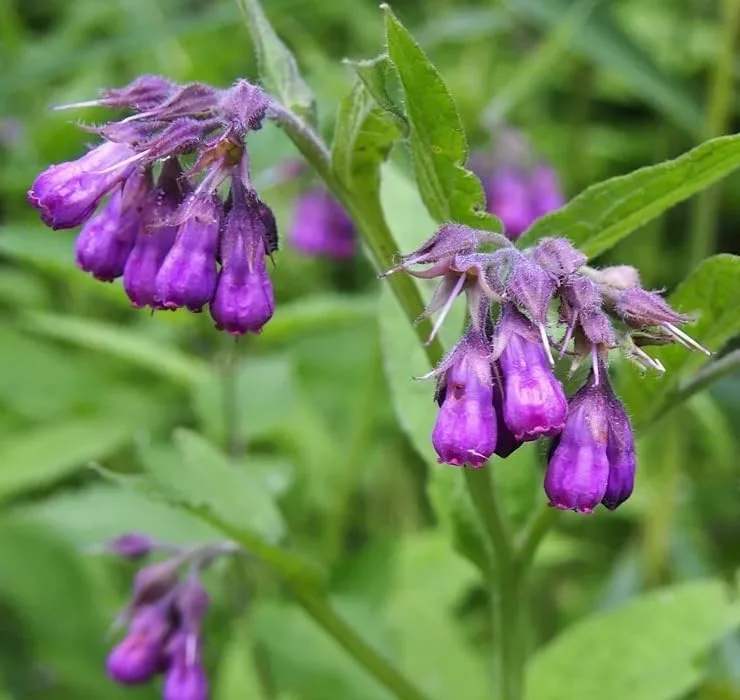
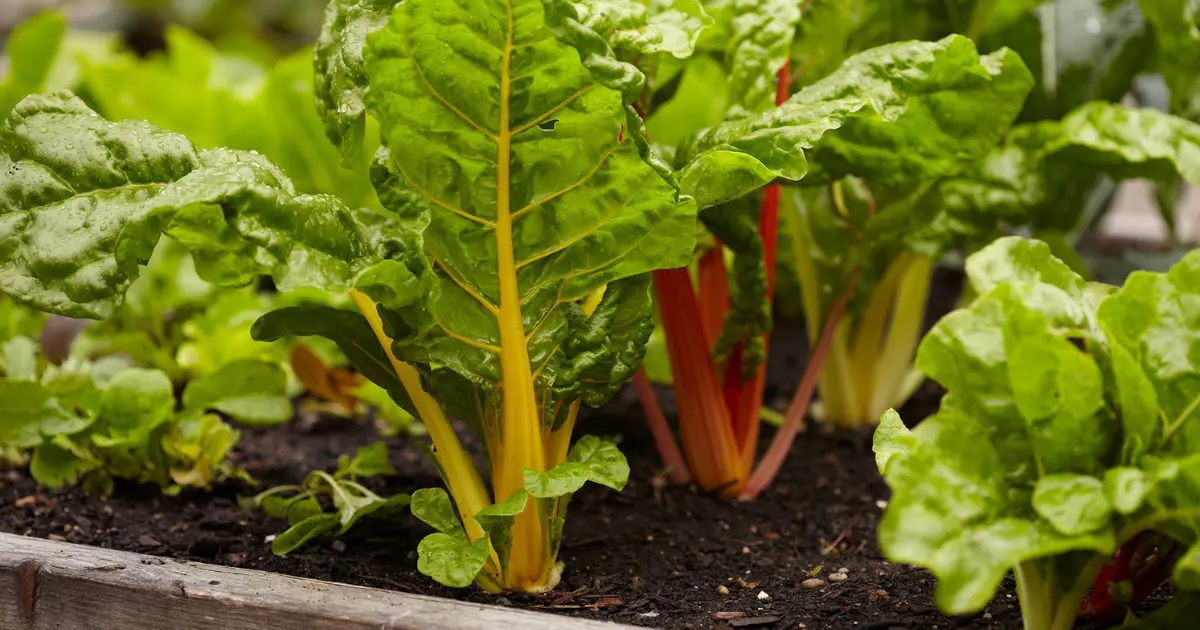
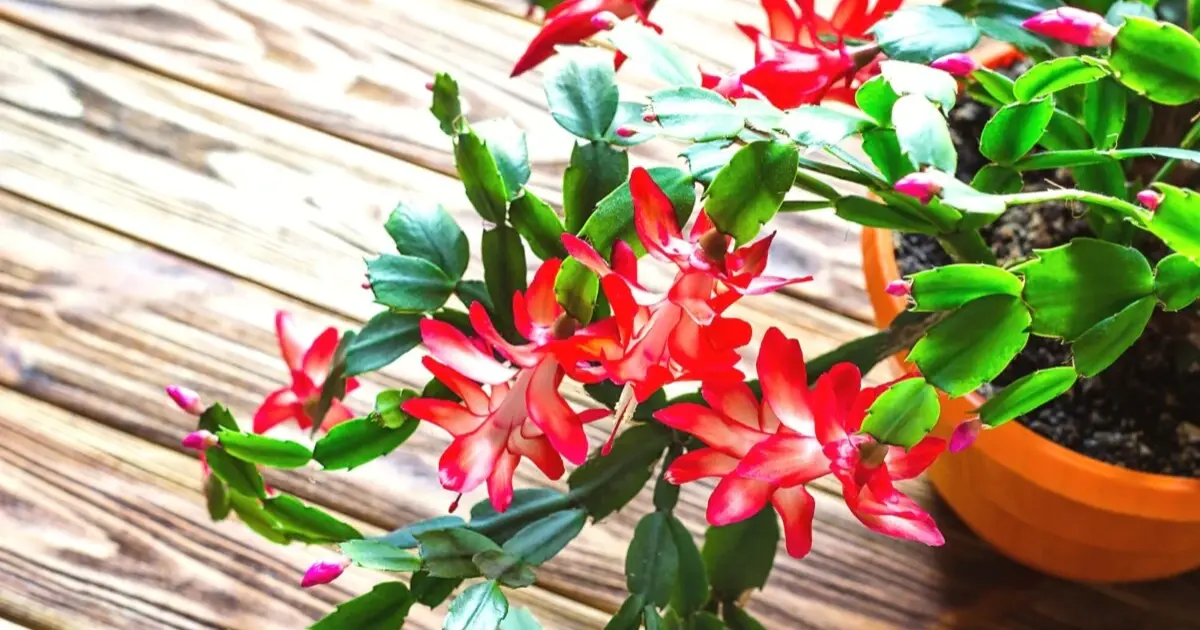
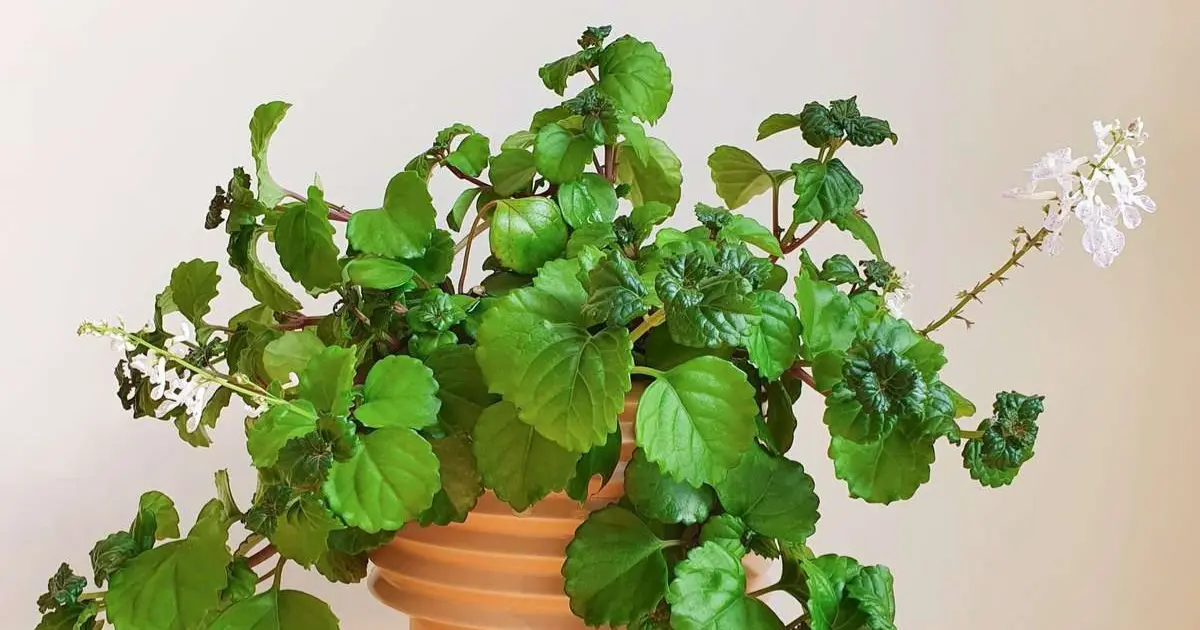
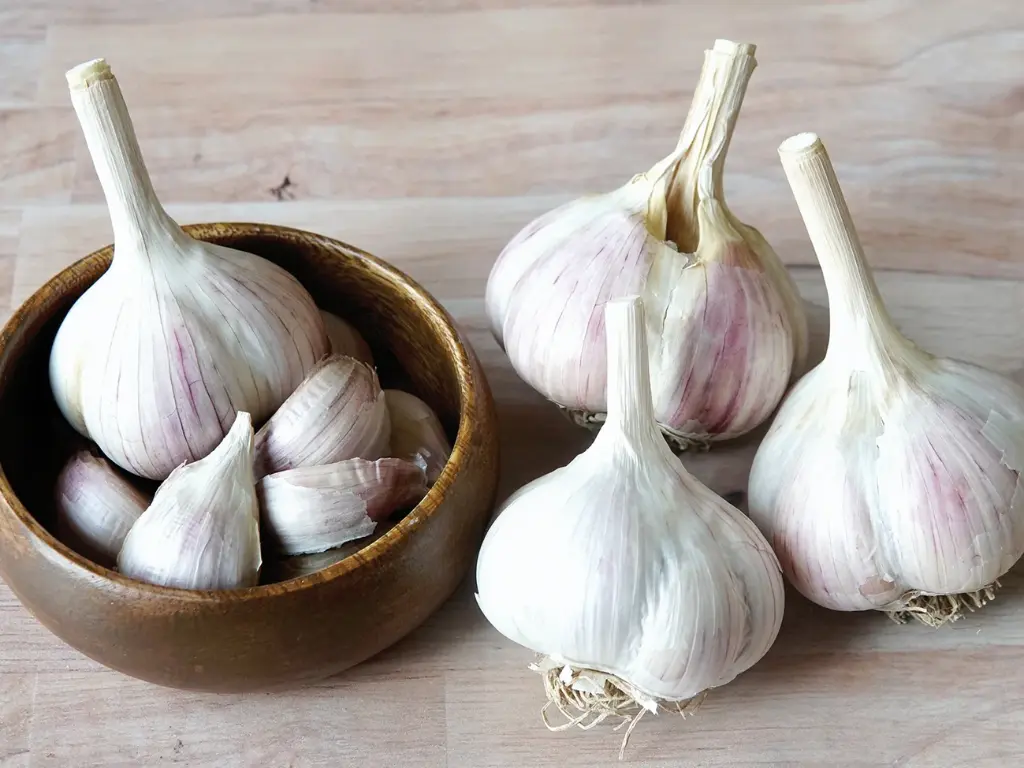
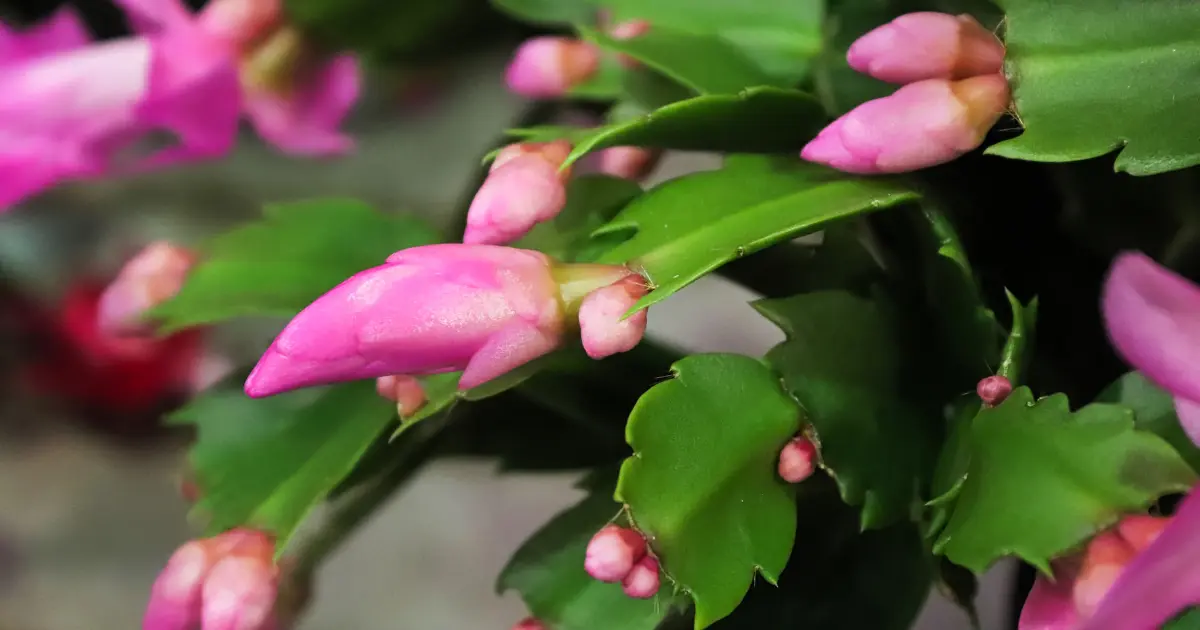

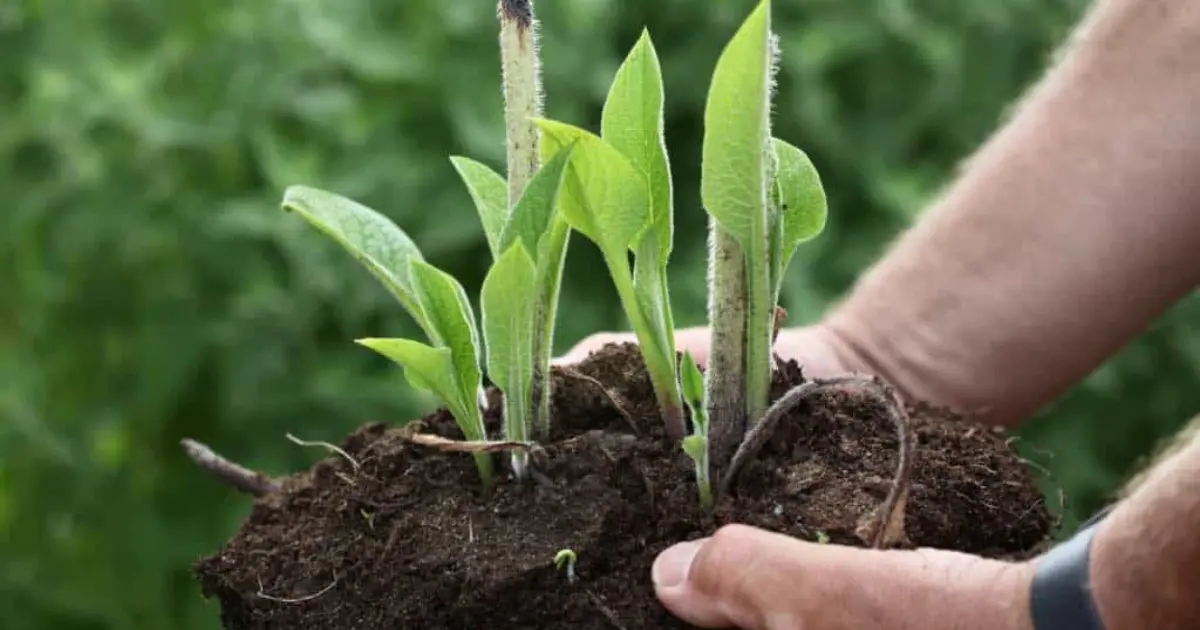
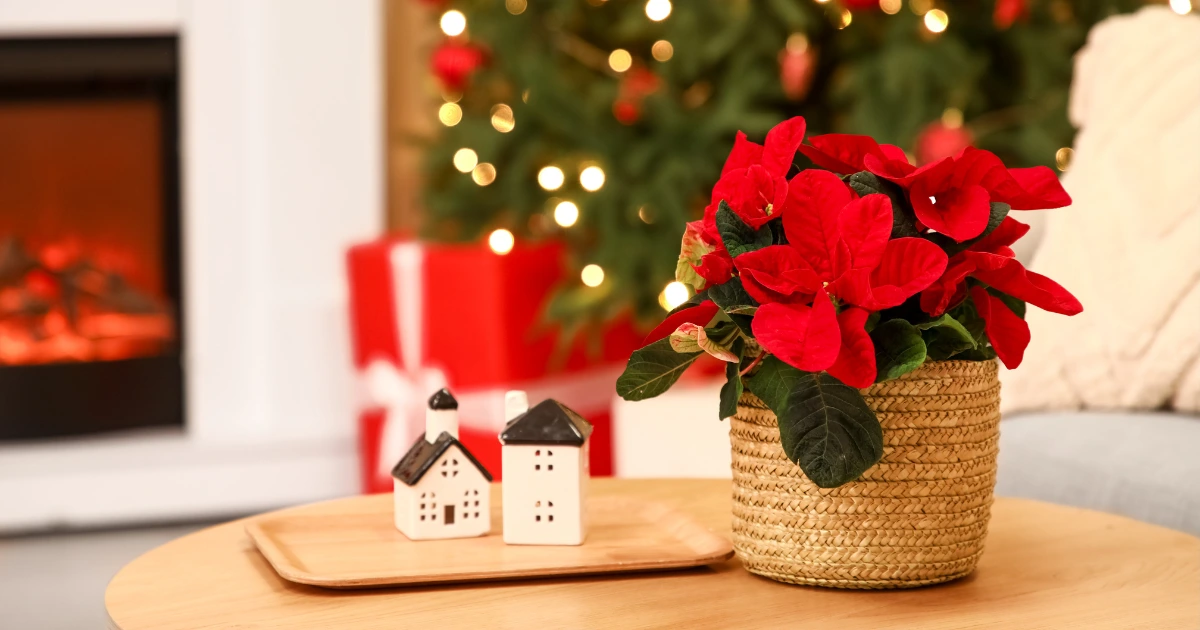
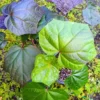
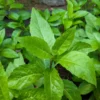
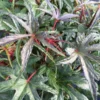
Reviews
There are no reviews yet.